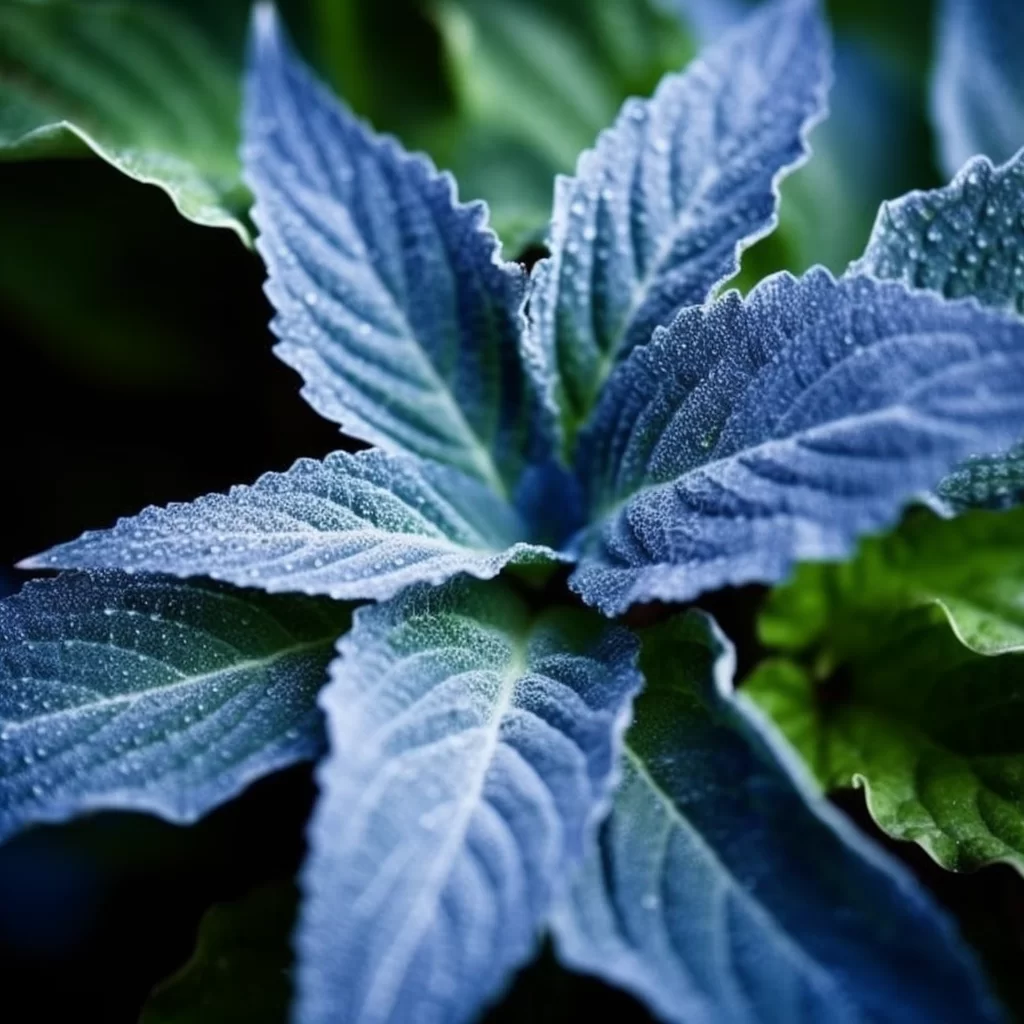Story of Day :
Contents
The Bluestar Plant: A Complete Guide and Care Tips
Are you looking for a stunning perennial to add to your garden? Look no further than the bluestar plant! With its delicate blue flowers and easy-to-care-for nature, this plant is sure to be a crowd-pleaser.
In this comprehensive guide, we’ll walk you through everything you need to know about growing and caring for bluestar.
What is Bluestar?
Bluestar (Amsonia spp.) is a native North American perennial that belongs in the dogbane family.
These plants are well-liked in gardens because of their attractive foliage and flowers.
All species of Amsonia have beautiful clusters of star-shaped flowers that bloom in spring or early summer, depending on where they’re grown.
Varieties of Bluestar

There are several species of bluestars available, but these three are widely grown in gardens:
- Amsonia hubrichtii: This variety has feathery leaves that turn golden-yellow during fall season.
It’s also known as Arkansas blue star.
- Amsonia tabernaemontana:This variety has wider leaves with smooth edges; it’s commonly referred to as eastern blue-star.
- Amsonia illustris:This specie has glossy green leaves with blunt tips; it’s famously called Ozark bluetop.
Care Tips for Growing Blustars

- Sunlight Requirements:The most important requirement when growing Amsonias is consistent sunlight exposure.
They prefer full sun exposure but can tolerate partial shade too.So, place it in sunny and bright locations for best results.
- Soil Needs:The Bluestar plants thrive well in moist, well-drained soil conditions.
They can tolerate clay, sandy soils and rocky soils too but ensure that the bottom of the hole is not compacted or waterlogged.
Add compost or organic matter to enrich the soil’s fertility before planting.
- Watering Requirements:Younger plants require more water than established ones.
So make sure you keep them consistently moist during the growing season and avoid excessive watering as it can cause root rot.
- Fertilization:You don’t need to frequently fertilize your Bluestars; they have low nutritional requirements.
However, if you want to give them a boost every once in a while, use slow-release fertilizers at half strength during springtime.
- Maintenance Techniques:To maintain their shape, Amsonias should be pruned down after they’ve bloomed in early summer.Trimming helps develop strong branching structures and prevent floppiness so that your plant stands uprightly.The plant also benefits from deadheading after flowering season is done which encourages new growths
Pests and Diseases
Bluestar plants are not known for attracting pests or diseases but occasionally may face leaf spot diseases due to overwatering or heavy rainfalls.Aphids may also sometimes be found on leaves of younger bluestar plants.To ensure healthy bluestars , watch out for signs of stress like yellow leaves drooping stems etc., Take action by applying neem oil sprays on affected areas
In Conclusion

Growing Blustars is relatively easy thanks to their ability to adapt across different climatic conditions.This beautiful plant is perfect for any garden and provides a wonderful addition to your landscape design.
By following the care tips outlined in this guide, you should be able to grow healthy and thriving bluestar plants that will bring joy to your eye every spring season.